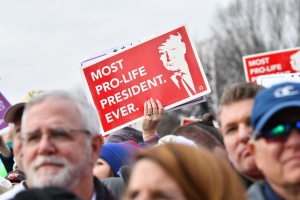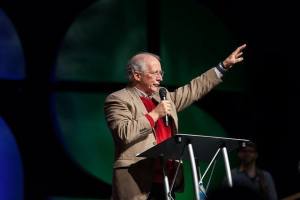Poll: Americans Own Many Bibles, But Rarely Read Them
A poll by LifeWay Research of over 2,000 Americans who read the Bible at least once a month found that only about a third of them read it almost every single day, although the average reader owns 3.6 copies of the Bible.
"We learn from this study among American Bible readers that owning multiple Bibles is much more prevalent than regularly investing time in reading it," said Ed Stetzer, president of LifeWay Research, on the organization's website.
LifeWay Research spoke with participants over the phone, and gathered information on the habits of Bible readers – including where and when they read their Bibles. There seemed to be a wide range of responses at to how frequently Bible readers actually read the Scriptures. Thirty-seven percent of respondents said they do it nearly every day, while 22 percent read it three to five times a week and another 22 percent read it once or twice a week. Up to 11 percent read the Bible two or three times a month, and eight percent read it only once a month.
In comparison, 84 percent of Americans owned on average more than one Bible – individuals usually possessed 3.6 copies of the holy book. Despite this statistic, 74 percent of respondents had one primary Bible that they used most of the time.
"When people say 'my Bible,' that has a meaning that includes translation," Stetzer commented. "Bible readers usually have multiple Bibles but three out of four have one physical Bible that they use most of the time."
In addition, the higher the reader's education and household income, the less likely they were to use one primary Bible most of the time. For example, 79 percent of readers with an annual household income of less than $30,000 used one primary Bible compared to 68 percent of readers with an income of $100,000 or more. Sixty-six percent of readers with a graduate degree had only one main Bible, compared to 83 percent of readers whose highest level of education was high school.
Another statistic of note was that regular Bible readers were also more often involved in other religious activities. In a typical month, 85 percent attended worship, 72 percent read religious books, 53 percent attended Sunday school or Christian education classes, 51 percent attended a small group, 50 percent read religious magazines, and 47 percent were volunteer leaders.




























